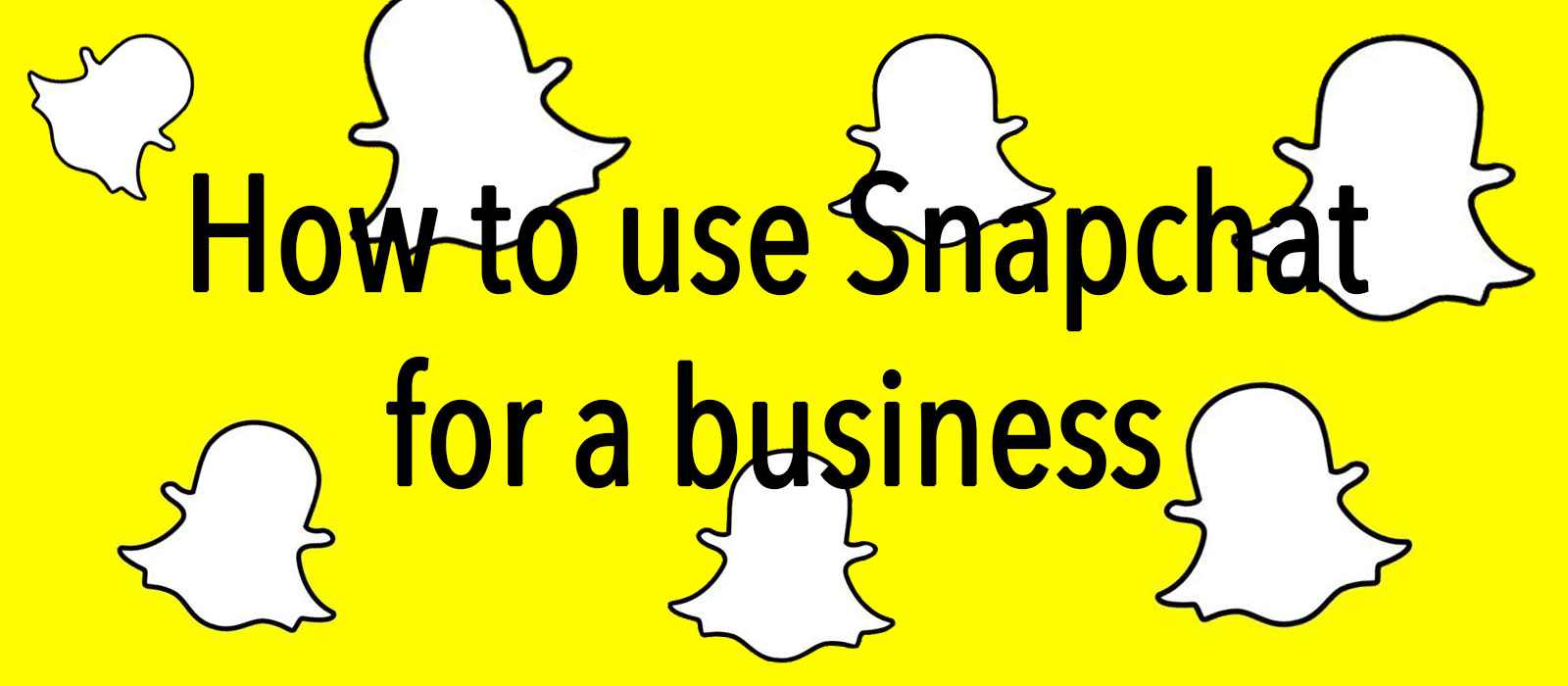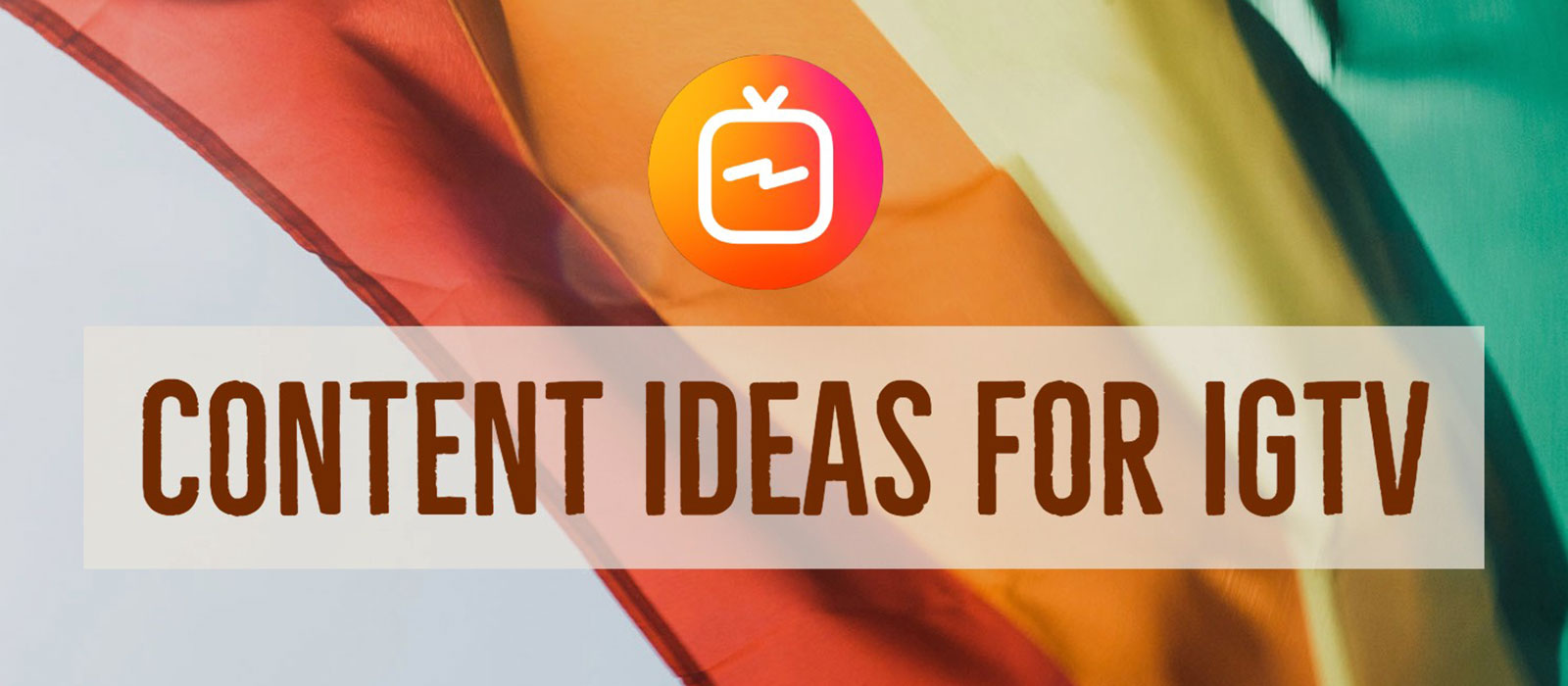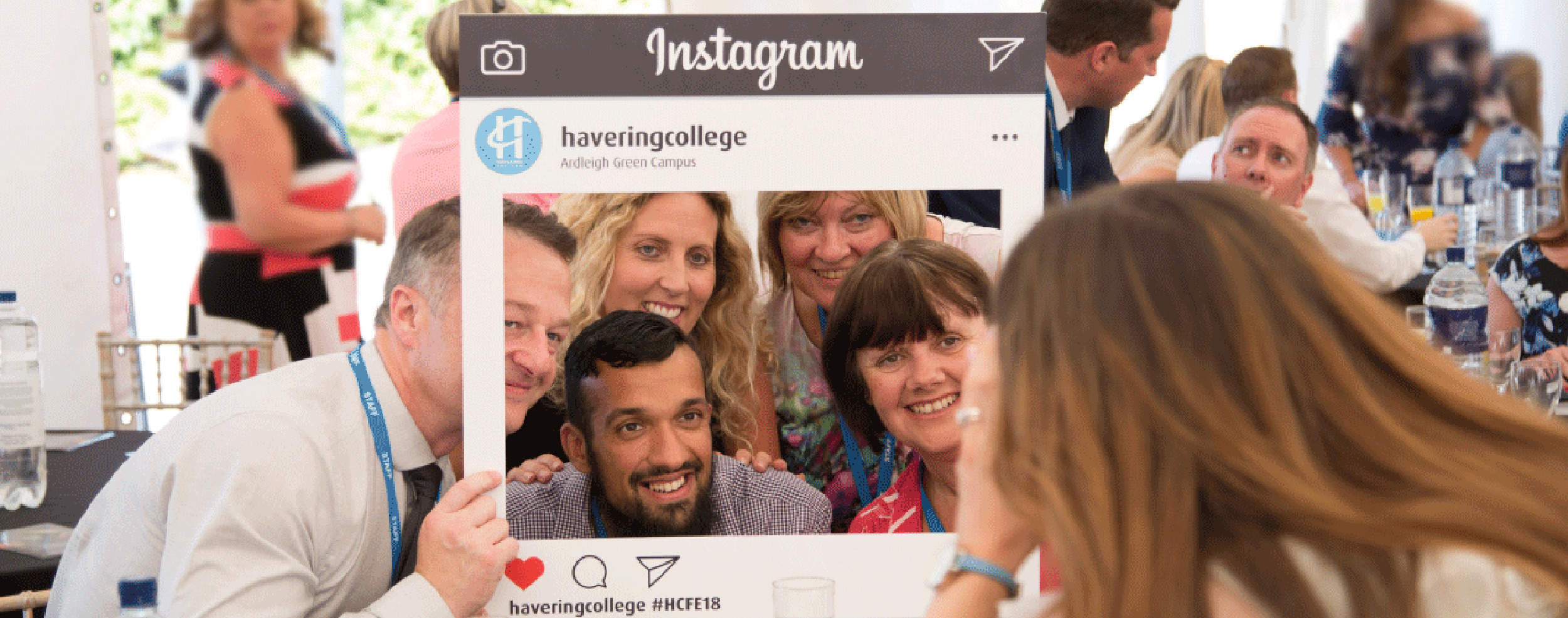How to use Snapchat for a Business
There are many types of content that a business can utilise as part of their marketing strategy, not just blogs and articles. Social media allows us to be creative in the way we deliver our brand in front of your potential customers. So let's break down how Snapchat can be used for a business. In 2011 Snapchat graced our app stores and very quickly became a popular social site with over 188 million daily active users globally. 78% of those users are between the ages of 18 and 24, and almost 70% are female, which can be a hard market to tap into. However, reports suggest that these users are spending on average 30 minutes a day on the app, or more. So, if this is a target market you’re trying to appeal to at the moment but just can’t seem to tap into, why not use Snapchat to deliver your content directly to them? Snapchat specialises in video and image-based content that disappears eventually. It used to only last 10 seconds but an update changed that setting to anything between 1 second and whenever the person receiving the message clicks off it (represented with an infinity sign). Snapchat stories, however, last 24 hours. You can attach YouTube videos, links to articles and other websites to them as well. On top of this, you can upload as many snaps as you like to your story, however each time you film you are limited to a 60-second clip, that is split into six sections. But, you can upload as many of them as you’d like! Your viewers can either chose to watch them all or click through them. On top of this Snapchat also utilises filters, which a lot of the time can be inappropriate for a business to use, however, their geofilters can be great for
How Twitter Advanced Search can Benefit a Business
Let's talk Twitter. It’s something that has skyrocketed since its release. If we think about all the different social media platforms that came before – MySpace, MSN, even Facebook to an extent – they all became popular very quickly and their fire burnt fast, and what is left of them is a dull ember of a memory. Twitter, however, has stayed at the top of its game with over 336 million users worldwide. But due to its popularity, it is incredibly hard to stay on top of. It is constantly changing, and trends come and go. For a business, this can be a nightmare. The thought of posting something that isn’t quite up to date and current is a fear in a lot of people when they start their marketing on social media, but that shouldn’t stop you. Twitter can be a goldmine for a business. The possibility you have to be put in front of as many potential customers in unlimited. But, with over 8,000 tweets published every second, it’s easy to lose track of particular posts and interactions. So how do you stay on top? Easy. All you need to know is how to optimise the Twitter Advanced Search function. You might feel a little confused, why should you as a brand know how to search for yourself if you need your customers to be doing it? Well, if YOU know how to use it, and you know how you want to be found, then you can start to customise your twitter output to match that. It’s a tactic that can be applied in a lot of different situations; knowing what your end goal is and working backwards. How can you know how to get somewhere if you don’t know where you’re trying to go? The beauty of this function is that anyone can access the Twitter Advanced
How to Use Instagram TV
On the 20th June this year Instagram released a new app called Instagram TV (IGTV). It is a long form video app that runs off your existing Instagram account. It gives influencers and celebrities the chance to produce and publish longer videos than being limited to 60 seconds like they were previously. You don’t have to create another account to use IGTV either; it is linked to your original Instagram account, which is convenient. As soon as you log in, the app will start to suggest videos for you based on the people you already follow. The video in the background will automatically start to play but with no volume, similar to the way Instagram treats videos on your Insta feed at the moment. Videos will play but there is no sound unless you turn it up, but then until you close out of the app completely every video you scroll past will start to play. You can search for videos through the search tool, or you can view videos that are popular and trending at the moment with the Popular tab, which is similar to the Explore function of Instagram. When you find a video you want to watch all you have to do is tap on the screen and the video will enlarge, and all the other tabs will disappear. Videos on this platform are made to be vertical, so even if you tilt your phone the video will stay vertical. Another feature of this app is that IGTV will remember where you were in a video if you leave it before you finish, so you can pick up right where you left off. At the moment you can’t record videos in the IGTV app. When you go to upload a video (by pressing the + button, similar to Instagram) the app will
Frankie’s Classic Car And Bike Fest
This year we were fortunate enough to attend and cover Frankie’s classic car and bike fest, hosted by Saint Francis Hospice. Even though they’re known for dealing with end of life care, Saint Francis Hospice do so much more than that. They also care for the families affected by life-limiting illnesses, and provide them with on-going emotional support. They provide this care for free, and rely on people to attend events such as Frankie’s Classic Car and Bike fest and other voluntary donations throughout the year to continue this service for free. As a team, we love their ethos, which is why we wanted to get involved and share the hard work they do every day. The staff at the event were very welcoming, friendly, and eager to work with us, which made the day all the more fun for everyone. We placed three apprentices at the event. They all took photos, videos and made organic posts on the day of the amazing things they found there. From the Ford Mustang Owners Club to the food trucks and vintage market stalls, our social superstars had a healthy supply of things to choose from to create content for both Saint Francis Hospice and our own social media’s. Our apprentices went around the venue all day talking to members of the public and gaining a general vibe of the day from what they were saying. From the posts we made on the day we reached 7,235 people and had an overall engagement of 513 on twitter. We also created posts on our social media accounts prior to the event to build traction for the day. We created signs for the event with slogans, hashtags, and phrases that could be held by the staff and members of the public, which we then photographed and shared online tagging the relevant people and
Do you think social media is the place to sell?
This article will change your mind. What is digital marketing? What does marketing mean to you and your business? Do you think it is a way to put your brand in front of as many people as possible or as a strategy to get more sales and money for your company? Well, it is, but that is the outcome of a long journey, and not the process itself. Social media and digital marketing are different from traditional marketing strategies. Through digital marketing you can tailor the content to reach a specific audience or create it so it reaches as many people as possible. Digital marketing is also interactive, meaning you can engage and have direct contact with your audience and build a rapport with them. Your customer’s social media profiles are like small windows into their personal lives; Facebook aimed to bring friends and families together, and you can do the same with digital marketing. Social media is a platform to use to get closer to your client, not a market to sell to them on. Why not traditional marketing? Traditional marketing strategies are effective to a certain point. Printing an advertisement in a local newspaper is only going to reach an audience locally, whereas if that advert was sold to an online magazine the amount of people that advert could reach is now drastically different. An advert on TV is similarly only going to reach a certain audience. With more people using streaming services such as Netflix every day, the amount of people and potential customers you could reach by choosing to market digitally is much larger, and can be tailored to your specific clientele. It’s about them, not you. Social media is not the place to be focusing solely on your business. Interacting with your customers and focusing on your audience - which social media allows you
How Instagram TV Can Become Part of Your Social Media Marketing Plan
Instagram TV (IGTV) was released in June this year, and is still a pretty new platform to everyone. But interestingly, it can be used for a business as part of their social media strategy. Many companies are still trying to figure out exactly how to use it effectively and incorporate it into their marketing plan, to boost their brand awareness, but don’t you worry. We’re here to provide you with a list of 5 ways in which you can use IGTV effectively within your social media strategy. 1 – Give Your Audience an Inside Look at Your Brand Buzzfeed is insanely popular across the globe and have many different sub-channels, one of which is dedicated to all things food; Tasty. They release short videos that are often compiled together that show step-by-step instructions on how to create a dish. They’re often cheap, quick, easy, and student friendly. But on top of this they also release episodes of “Behind Tasty” which show the whole process of how they make a Tasty video. This is especially clever as a marketing plan for two main reasons. One being that they can get two videos out of one shoot, which is handy and a time saver, but it also gives its audience an inside look into the brand. It gives the channel a personality and makes it easier for their audience to engage with them and know the brand inside and out. #PROTIP – Don’t be afraid to show off every angle of your brand. More and more people are enjoying the transparency of “behind the scenes” footage. It gives the audience a chance to form a deeper relationship with your brand, and after all that’s what you want to be doing. Creating a relationship between your brand and your audience. 2 – Create a Branded Backdrop For IGTV Videos Something
Learn How Systematic Listening Can Help You Create Groundbreaking Copywriting
Systematic Listening can help you create your next breakthrough copy. From the outside, writers can seem like magical creatures, and I encourage this belief! Because we can create images, emotional states, even money and freedom, seemingly out of nothing. But we don't really conjure great copy and content like a Patronus from the tip of a magic wand, even if we want to. Effective writing takes time, and comes from a specific kind of “homework”. Empathetic listening to be exact, from spending time with the kinds of folk who make up the audience you’re aiming towards, and striving to see the world through their eyes. I don't mind copywriting formulas at all. They're wonderfully handy cheat-sheets, so we can remember to include important persuasive elements. But formulas are just the beginning. We can't bring them to life until we understand the person we're communicating with. So, with that in mind, here are some ways to learn much more about the audience you're serving with your work. 1: Why do you care about their problem? Good content and copy needs to solve an audience’s problems, but sometimes we forget to ask, “what is it about this problem that really touches me?" The world is full of people that have their own problems and concerns, but knowing what pulls you towards this one will help you to immerse yourself and get into the mindset of your audience. You might have experienced the problem yourself. Someone you love might have wrestled with it, or maybe you've spent years working with clients, and have felt the pain of their initial starting place, and the triumph of resolving the problem. It's hard to create an emotionally resonant piece of work if you can't get to a place where you can feel the weight of the audience’s problem. 2: Ever heard of an Empathy Map? The well-known empathy mapping exercise challenges us to understand what our audiences are seeing, thinking, doing, and feeling. And that is always a great place to start. Text is a wonderful thing, it's
Facebook Portal
Facebook is one of the most useful and powerful contact books, but long ago it opted against building a phone, and for good reasons. One being that the risk of it being a complete failure was quite high with the Windows Phone and the iOS/Android duopoly looking impenetrable. Another being it would have put Facebook in direct competition with Google and Apple, which would have risked an ugly conflict between them and the two biggest platforms on which the company depends. But, as every company wants to grow, so did Facebook. The company came back around to the idea of developing its own hardware, and in a way came back to the idea of a phone. The start of this journey began with the acquisition of the Oculus, which turned Facebook into a manufacturer of virtual-reality gaming gear (VR). And now comes the Portal and Portal+, a video phone that runs on Facebook Messenger. Jake Kastrenakes from The Verge has a breakdown of the gadget: “The Portal is designed to simplify video chatting by having a wide-angle camera capable of identifying your body, then tracking you as you move around the room. It makes for more comfortable chatting than holding a phone up to your face for extended periods of time. Facebook says the Portal is designed to create the sense that you’re sharing one big room with the people you’re talking to, and considers the chats you have on the device an augmented reality experience.” With the Portal, you don’t have to hold, aim, or direct anything. Once a chat starts up, the device’s camera will automatically find people in the room and keep them in frame. If multiple people are in a room, the camera will use a wide angle to fit them all in. If there’s only one person, the camera will zoom
Workplace, The New Social Network for Business from Facebook
In March this year Facebook hosted its first global summit spotlighting a growing social network platform for businesses launched two years ago called Workplace platform. While Facebook would not disclose exact figures, it said Workplace – a rival to collaboration services such as Slack, Salesforce, and Microsoft – has been a hit, and that ranks of users have doubled in the past eight to 10 months. The list of companies using Workplace included Walmart, Starbucks, Spotify, Delta, and Virgin Atlantic. "It is growing very fast," Julien Codorniou said, Workplace vice president. "We started with big companies, because that is where we found traction. It is a very good niche." Workplace is a separate operation from Facebook's main social network and is intended as a platform to connect everyone in a company, from counter or warehouse workers to chief executives, according to Codorniou. Why Use Workplace? Workplace claimed that a differentiator from its competitors is that it connects all employees in businesses no matter their roles, even if their only computing device is a smartphone. "That really resonates with a new generation," Codorniou said of Workplace's ‘democratic’ nature. "Millennials want to know who they work for and understand the culture of the company." He cited cases of top company executives using Workplace to get feedback from workers at all levels, bringing a small company feel to much larger operations. Workplace is rolled out to everyone in companies, which then pay $3 monthly for each active user. The software-as-a-service business began as an internal collaboration platform used at Facebook and was launched as its own business in 2016. Workplace is currently used by 30,000 companies and has its main office in London, according to Codorniou. Interaction with the platform plays off how people use Facebook, and Workplace adopts innovations from the leading social network. But, it is billed as a completely separate
Client Case Study: Havering College
By implementing paid ads on Facebook from the 22nd August for the college’s Open Events campaign we have reached 8,754 people.









